Meatless Meals: The Benefits of Eating Less Meat
You can eat healthfully without spending a lot. One way to achieve healthy savings is to serve meat less often.
It can be challenging to serve healthy meals when you're trying to save money. Consider serving budget-friendly meatless meals once or twice a week. Meatless meals are built around beans, lentils, vegetables and whole grains. These plant-based proteins tend to be less expensive and offer more health benefits than meat.
The health factor
A plant-based diet, which emphasizes fruits, vegetables, grains, beans, legumes and nuts, is rich in fiber, vitamins and other nutrients. And people who don't eat meat — vegetarians — generally eat fewer calories and less fat, weigh less, and have a lower risk of heart disease than non-vegetarians do.
Even reducing meat intake has a protective effect. Research shows that people who eat red meat are at an increased risk of death from heart disease, stroke or diabetes. Processed meats also increase the risk of death from these diseases. And what you don't eat can also harm your health. Diets low in nuts, seeds, seafood, fruits and vegetables also increase the risk of death.
How much protein do you need?
Most Americans get enough protein in their diets. The Daily Value for protein is 50 grams based on a 2,000-calorie diet.
Of course, your individual protein needs will vary based on factors such as body size, medical conditions and activity level. Adults generally need about 5 1/2 ounces of proteins a day — and remember you can choose from more than meat.
The Dietary Guidelines for Americans recommends choosing a variety of proteins, including eggs, low-fat milk and products made from it, beans and peas, soy products, and unsalted nuts and seeds.
If you're eating a higher calorie protein source, stick to smaller portions. For example, enjoy just 1/2 ounce of nuts, or 1-2 tablespoons of peanut butter.
The guidelines also suggest replacing protein foods that are higher in solid fats with choices that are lower in solid fats and calories. The fats in meat, poultry, eggs and high-fat dairy products such as cheese are considered solid fats, while the fats in seafood, nuts and seeds are considered oils.
Try meatless meals once or twice a week
You don't have to go cold turkey. Instead, try easing into meatless meals. Consider going meatless one day a week.
If you don't like the idea of a whole day without meat, start with a couple of meatless dinners each week. Plan meals that feature your favorite entrees that are typically meatless, such as lasagna, soup or pasta salad. Or try substituting the following protein-rich foods for meat in your favorite recipes:
Beans and legumes — great in casseroles and salads
Vegetarian refried beans — a good substitute for meat in burritos and tacos
Tofu — a perfect addition to stir-fry dishes
When meat is on the menu
When your meals include meat, don't overindulge. Choose lean cuts and avoid oversized portions. A serving of protein should be no more than 3 ounces (85 grams) — or about the size of a deck of cards — and should take up no more than one-fourth of your plate. Vegetables and fruits should cover half your plate. Whole grains make up the rest.
Flexing for your health
The term "flexitarian" has been coined to describe someone who eats mostly plant-based foods, but occasionally eats meat, poultry and fish. That kind of healthy eating is central to the Mediterranean diet — which limits red meat and emphasizes fruits, vegetables, legumes, whole grains and healthy fats — and has been shown to reduce your risk of heart disease and other chronic conditions. Why not work on your flexibility and start reaping some healthy benefits?
Published first on MayoClinic
The views expressed in this article intend to highlight alternative studies and induce conversation. They are the views of the author and do not necessarily represent the views of Technorella, and are for informational purposes only, even if and to the extent that this article features the advice of physicians and medical practitioners. This article is not, nor is it intended to be, a substitute for professional medical advice, diagnosis, or treatment, and should never be relied upon for specific medical advice.



